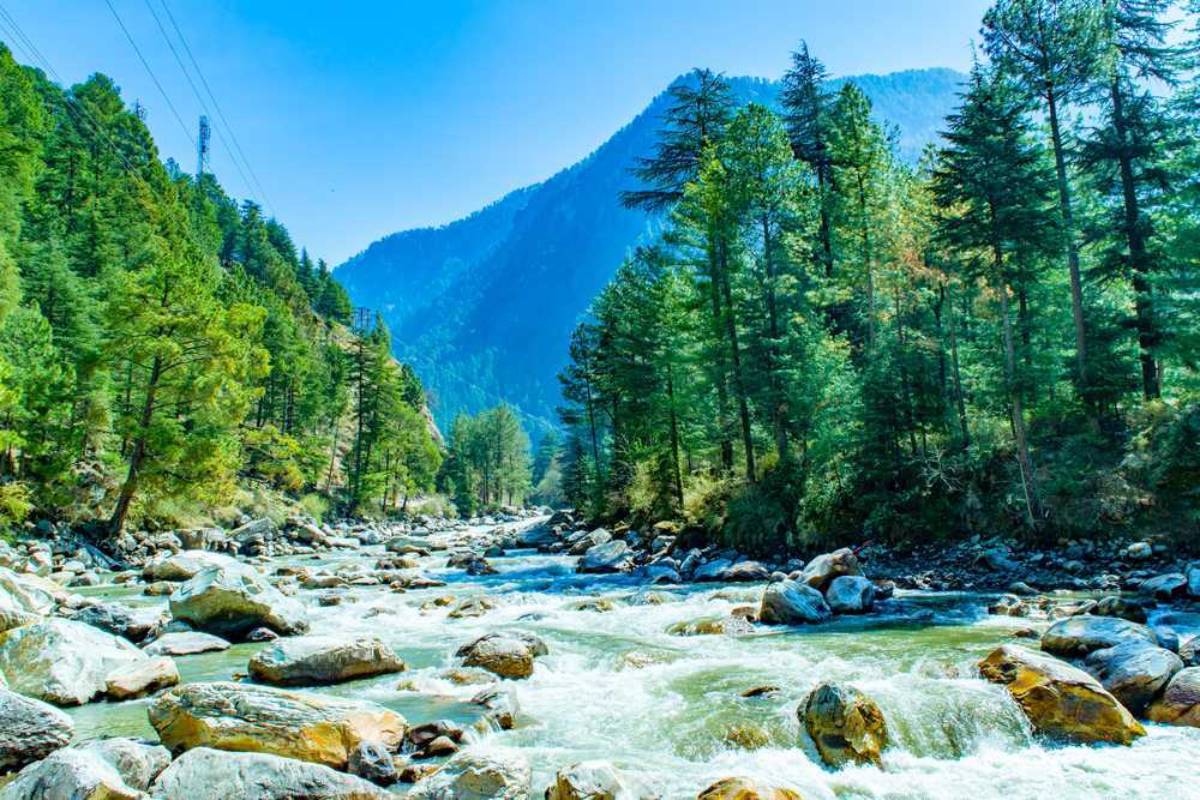With the difference in the temperature of the day and that of night growing In Himachal Pradesh, the average temperature is predicted to rise by 1.5°C in the past 120 years. This was pointed out by Dr. SK Bhardwaj, head of the environmental sciences department at Dr. YS Parmar University of Horticulture and Forestry in Nauni, during a session on “Ways to fight climate change,”
Expressing concern over the changing environment, Dr. Bhardwaj claimed it was harmful for both people and plants since “the latter cannot acclimatise to the sudden changes and that leads to sickness.”
Every nation in the world is trying to keep the temperature rise below 2°C, but the results are not good, he noted.
According to predictions, global warming may increase the temperature by 2°C by the end of this century, signalling a climate emergency. Citing IMD statistics, he claimed that Shimla’s maximum temperature had increased by 1°C during the previous 100 years, whereas the Himalayan area had had an average increase of 1.7°C during the same time. “We must promote climate literacy so that everyone may coexist peacefully with the natural world.
The younger generation will have a bigger role to play since this will be the only thing that leads to a sustainable human civilization, according to Bhardwaj.
The Director of Extension Education, Dr. Inder Dev, emphasised the need of starting a personal endeavour to combat climate change. He highlighted the negative effects of climate change, such as sea level rise, extended dry periods, cloud bursts, and glacier melting.
“The average annual worldwide sea level rise from 1901 to 2018 was 2 mm. With sea levels currently rising by 3.7 mm a year, this rate has quickened, he added. He emphasised the necessity of adapting to mixed farming and growing more trees on an individual basis.
In order to explore the origin and effects of climate change as well as effective adaptation and mitigation techniques, it gathered together specialists from the fields of environmental science, agriculture, horticulture, and animal husbandry.












